Research
Trustworthy AI-based systems
How to establish trust in AI-based autonomous systems?
Building Smarter Autonomous Systems: Our research focuses on developing a cost-effective, energy-efficient evaluation platform for AI-driven autonomous systems. We aim to seamlessly integrate these systems with limited microcontroller power, enabling safe navigation, obstacle avoidance and real-time communication in controlled environments.
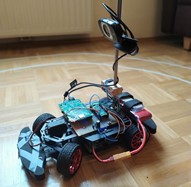
Lane Detection for Safer Autonomous Driving: We are integrating advanced lane detection algorithms onto vehicle demonstrators to derive trust indicators that enhance performance and decision-making.
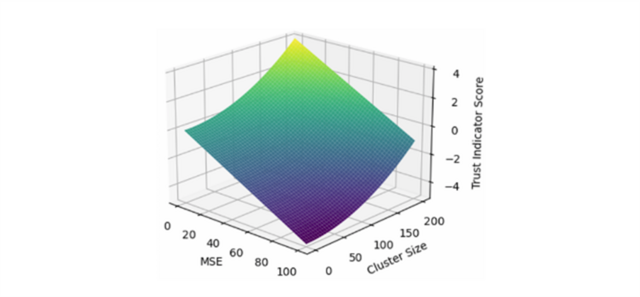
Scene Analysis for Enhanced Lane Detection: We are exploring how integrating scene analysis and object detection can improve lane detection on vehicle demonstrators. By leveraging advanced deep learning techniques, we aim to increase the accuracy of performance indicators, enhancing safety and adaptability across a range of hardware platforms in applications like self-driving cars and video surveillance.
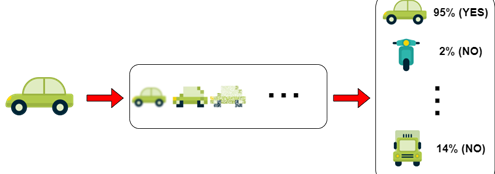
Securing Lane Detection Against Attacks: Our research investigates the vulnerabilities of lane detection systems to patch attacks, such as adversarial patches and phantom attacks. We are developing robust defenses, including sensor-fusion anomaly detection and adversarial training, to ensure these systems can resist attacks and maintain lane integrity in real-world conditions.
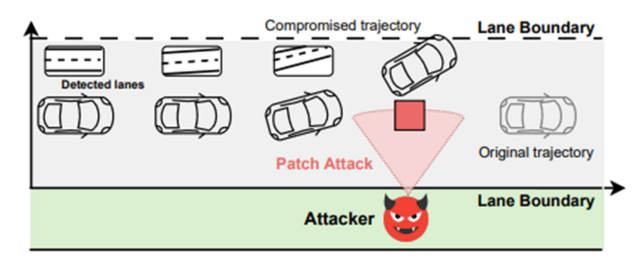
AI-Based Voting for Autonomous Driving: We are designing an AI-based voting mechanism to predict the best-performing algorithms for autonomous driving under different conditions. By monitoring the entire driving pipeline and integrating shared decision-making between the vehicle and driver, this system will enhance decision accuracy and safety in dynamic environments.

Automotive Cybersecurity
Comprehensive Training for Automotive Cybersecurity: We are developing an innovative training approach using PENNE to equip professionals with the skills needed for automotive cybersecurity. Trainees take on the roles of Developer, Attacker and Defender, immersing themselves in real-world scenarios. Our work will be featured at SAE/WCX 2024, aiming to redefine how cybersecurity engineering is taught in the automotive industry.
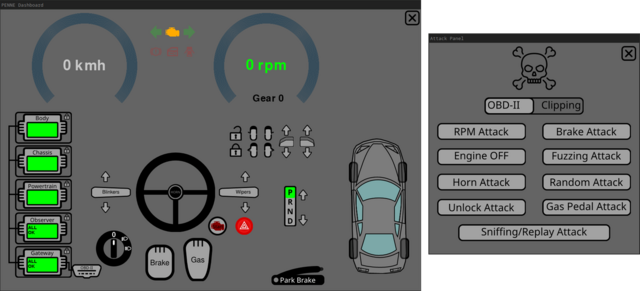
Legal Uncertainties in Cybersecurity for Motorcycle OEMs: Navigating the complex regulatory landscape for cybersecurity, we are examining the legal uncertainties faced by European motorcycle OEMs. Our research explores evolving regulations, challenges and proposed solutions to help manufacturers stay compliant while advancing cybersecurity standards.

SOQRATES Cybersecurity Review Checklist: We are leading discussions on the SOQRATES checklist, designed for assessors working with ASPICE 3.1 and 4.0. By collaborating with various industry partners, we’re setting the stage for future cybersecurity standards, including the 2nd version of ISO/SAE 21434 and actively participating in SAE monthly discussions to influence the field.

SecOC Security Analysis: Our team is conducting a thorough cryptographic analysis of SecOC, identifying common pitfalls and offering practical implementation strategies. This work focuses on enhancing the security of in-vehicle communication systems, addressing the critical challenges of cryptographic implementation in automotive ECUs.
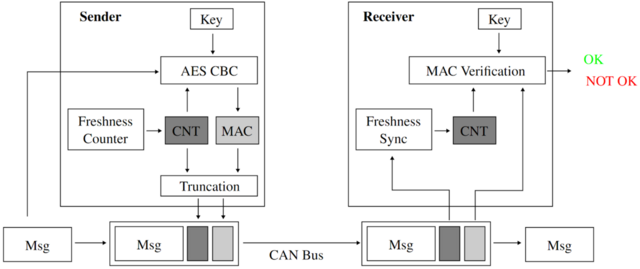
Engineering Processes for Hydropower Automation using Digital Twin Technologies
Optimising Small Hydropower Efficiency with Digital Twins: We are exploring how Digital Twin technology can revolutionise process control in small hydropower (SHP) installations, unlocking untapped potential in existing infrastructure. By simulating real-time data and using digital models, we aim to improve operational efficiency and increase annual energy yields for small-scale plants.
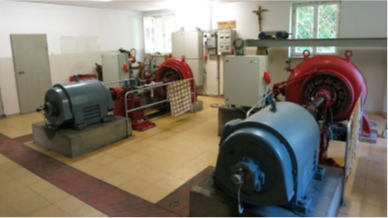
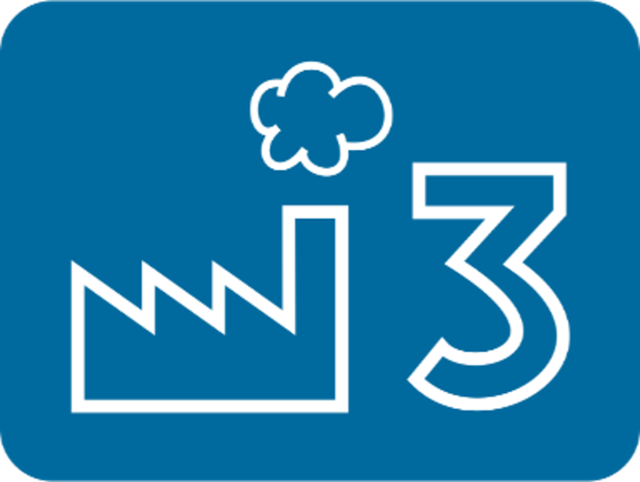

Dipl.-Ing. Dr.techn. BSc MBA Georg Macher
Institute of Technical Informatics
VCard